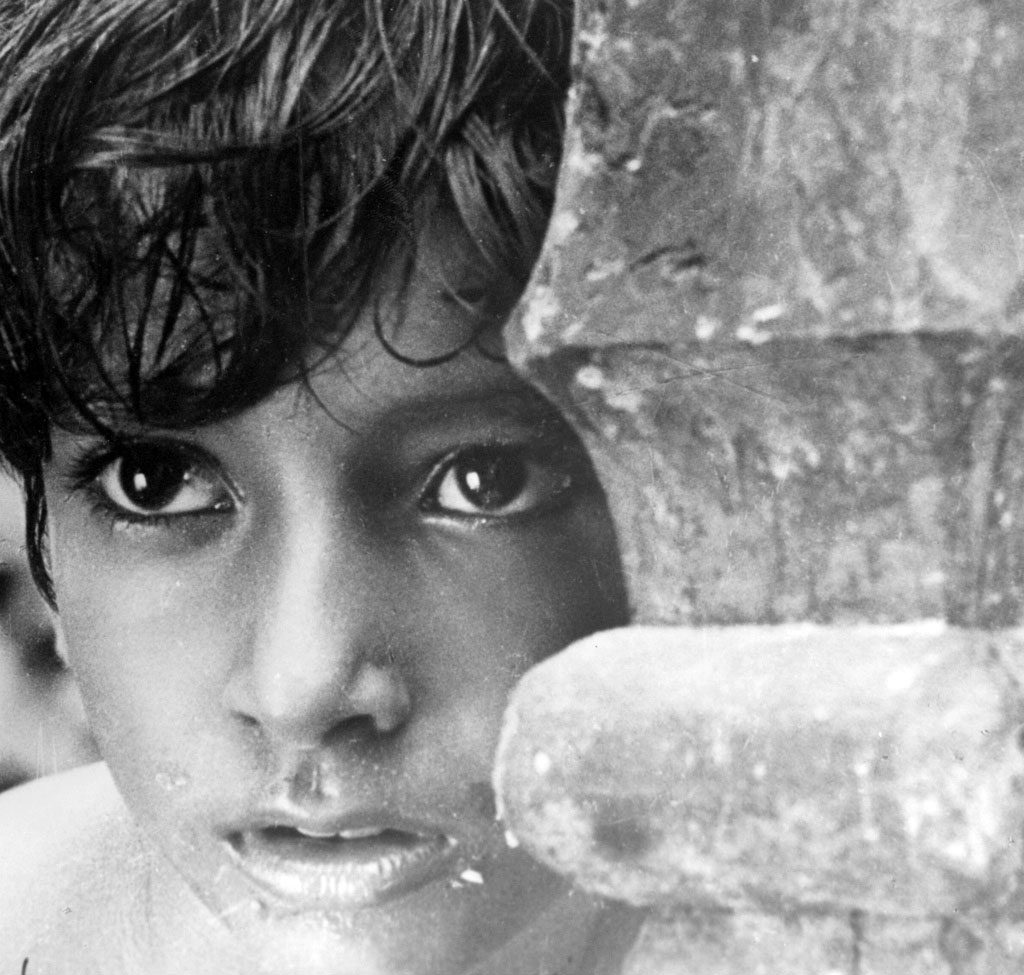By Arushi Kapoor

Cinema is a matter of what’s in the frame and what’s out.
–Martin Scorsese
The modern cinematic world is defined by the age of VFX and special effects being the most dominant aspects of superhit high budget feature films like Bahubali, with their sky rocketing post production promotion expenses. In the prevailing environment, a film exceeding estimated production time or facing issues with lack of source of expenses, the movie is at once put on hold. The concerned artists, director and producers move on to the next project. Costs are the centre of various parties, ranging from music company to producing company to various sponsors. With its glamour clad cut throat competitive and breakneck realm of entertainment industry, cinema is extraordinarily attractive and immensely popular sphere. In contrast to this, lack of technological advancement and meagre resources never discouraged brilliant and proficient directors to restrain themselves from producing incredible movies. One such gem of the 20th century was Satyajit Ray, a multi-talented person who won an Oscar for his life time contribution to the cinema. This innovative and visionary genius made films well beyond its time and won the heart of the masses.
Pather Panchali was the first feature film made by Satyajit Ray which released in 1955. It revolved around a boy Appu and his poor family in a village. It established the knack of Satyajit in film industry and won various awards including the Best Feature Film and Best Bengali Feature Film in 3rd National Film Awards. However, making of this masterpiece was in itself a new fulfilling experience which tested the creativity and patience of Satyajit and his team at various steps. These behind the camera events were in themselves a learning process in real time. Here are some of the anecdotes and instances which were crucial factors in making the film a masterpiece.
In a particular scene, Appu and his sister Durga see a train for the first time in their life. The scene was to be shot on a field full of ‘Kash-phool’ amidst which the siblings run towards the train. This was also the first scene to be shot with the commencement of the production. However, after filming half of the scene the exhausted crew decided to take a break owing to the need of collection of more money. But to the team’s astonishment, as they revisited the same place to complete the scene, the field was grazed empty by the cattle of the village. It was only after one year that they were able to finish it. In the same scene it was necessary that the passing train emit a large amount of black smoke from the coal powered engine to create scenic beauty. While they were able to convince the driver to put more coal while passing through the filming area, due to lack of resources they had to shoot this single scene with three different trains. Nonetheless, the beauty of the episode doesn’t allow the audience to notice this subtle discrepancy.

In another instance, the person portraying the role of a ‘mithaiwala’ (sweet seller) had an untimely death during the shoot. By that time almost half of the scenes were already in the editing process. After much deliberation, a person from the surrounding area with same physical build and structure was asked to help complete the remaining shots. The catch was that from this scene onwards, only the back of the ‘mithaiwala’ was visible and his face was never again brought in front of the viewers. In present times the technology would have easily rectified the problem by face swapping or some other technical support.
Unlike the directors and producers now-a-days who are full time employed in their respective profession, Satyajit didn’t solely work on his film during the whole time period of film production. He was on the job in an advertising company and produced the film only at the times when he was able to save enough money; otherwise the production was entirely stopped. It was owing to this lack of regular supply of financial means that at times the crew had to let go of the best appropriate circumstances available for a particular scene. On one such occasion, they were required to take a scene of siblings in heavy rainfall but owing to financial problems they were unable to resume production during the monsoon months of July-August. When the scene was eventually shot in the chilling weather of October rains, it was a success barring the blue lipped shivering children from the cold as they sipped hot tea afterwards.
Due to the same above stated reasons, the team had to make do with a pet dog of a random person living in the location of their filming village. While the dog understood and followed the broad instructions, in a particular scene he wasn’t being as obedient as required. Appu and Durga were to run after the ‘mithaiwala’ and it was necessary that the dog ran along with them to display him as a pet in true sense. Even after several attempts, the dog didn’t leave his place during which time the precious film reel was rolling and being wasted. Ultimately, Durga held a small piece of sweet in her hand and showed this to the dog seconds before running; the dog ardently ran behind them, thus completing the scene.
The film production went on for almost two and a half years with several breaks; as expressed by Satyajit a bit of luck was a factor in successful completion of the film. It was only by chance that the children portraying Appu and Durga didn’t grow up like most children of their age. Thus, the long time period of filming wasn’t visible in final product.
Therefore, while technological advancement and time itself as factors have led the film industry to its present state of glory and glamour, one should not forget the ultimate requirement – creativity and determination which still are major determinants of the success and acceptance of the excellence of a film. Satyajit Ray is an inspiration to the younger generation with immense talent who could contribute their best and take the showbiz to new heights. Even after being let down by various producers he was persistent to produce films on his terms without supervision on monetary superiority basis. His ideas and storyline being unconventional attracted both praise as well as criticism. However, all these hurdles worked to further harden Ray’s resolve instead of dispiriting him and he went on to become one of the India’s most prominent filmmaker, screenwriter, music composer, graphic artist, lyricist and author.
The writer had just finished her M.A. in History from Delhi University and preparing for further studies. Exploring culture, society and learning about the various facets of humanity has intrigued her since childhood and thus she aspires to contribute her bit in making the world a better place.


